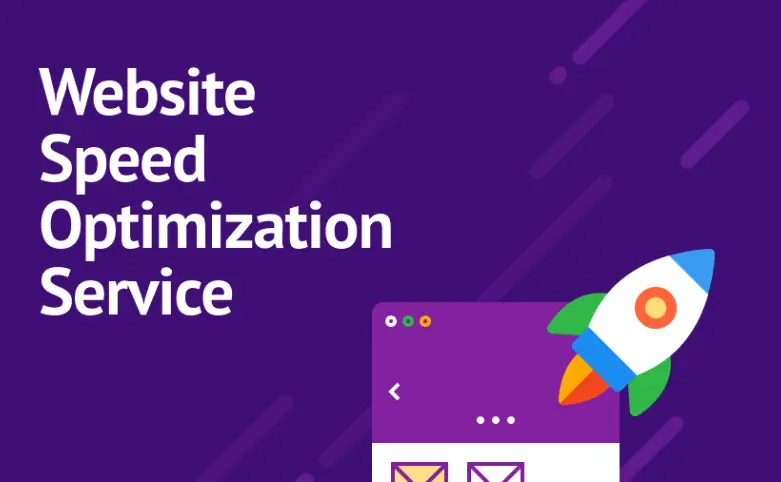How page speed optimization works:
- Reduce the number of HTTP requests: When a web page loads, the browser makes a separate HTTP request for each resource that is needed to render the page. This includes images, CSS files, JavaScript files, and fonts. The more HTTP requests that need to be made, the longer it will take for the page to load.

To reduce the number of HTTP requests, you can:
* Combine CSS and JavaScript files into a single file.
* Use a content delivery network (CDN) to serve static files, such as images and CSS files.
* Use lazy loading to load images only when they are needed.
- Optimize images: Images can make up a significant portion of the total file size of a web page. By optimizing your images, you can reduce their file size without sacrificing quality.
There are a number of ways to optimize images, including:
* Compressing images using a lossless image compression algorithm, such as PNG or JPEG.
* Using the correct image format for the job.
* Resizing images to the appropriate dimensions.
- Minify code: Minification is the process of removing unnecessary characters from CSS, JavaScript, and HTML code. This can include comments, whitespace, and line breaks.
Minification can reduce the file size of your code without affecting its functionality. This can improve the loading speed of your web page, especially on mobile devices.
Benefits of page speed optimization:
There are a number of benefits to page speed optimization, including:

- Improved user experience: Visitors to your website are more likely to have a positive experience if your pages load quickly.
- Increased conversion rates: Studies have shown that faster loading web pages have higher conversion rates.
- Improved SEO: Google has stated that page speed is a ranking factor in its search algorithm. This means that faster loading web pages are more likely to rank higher in search results.
Conclusion:
Page speed optimization is an important part of any website. By following the tips above, you can improve the loading speed of your web pages and reap the benefits of improved user experience, increased conversion rates, and improved SEO.


